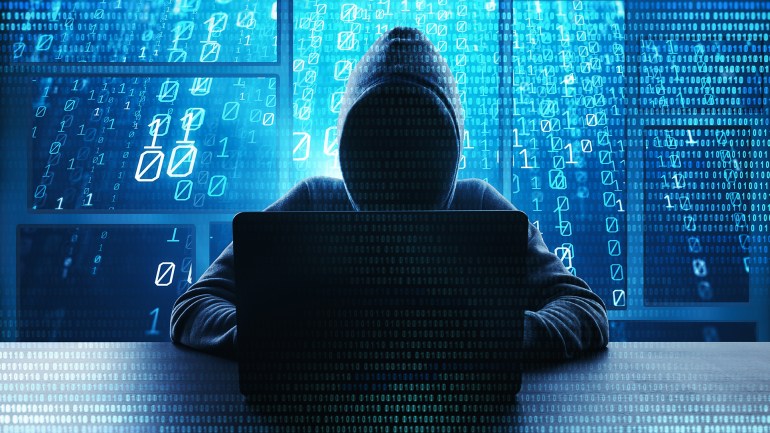With the increase in cyber attacks all over the world, the need to keep your online accounts secure is more urgent than ever.
A report published by the British newspaper The Sun believes that when it comes to your Microsoft account, which you use to log into Outlook and Windows computers, increasing the protection factors is essential.
How to protect a Microsoft account?
1- Use two-factor authentication
Two-factor authentication (2FA), also known as two-step authentication or two-step verification, is a way to protect online accounts.
When you need to log into a website, you put in your regular password, and this is the first "factor" used to authenticate your identity.
Then, an OTP is sent to your phone or email, and the OTP is used on the next page to access your account.
Instead of a one-time password, you may be asked to sign in by solving a CAPTCHA.
It's an extra layer of security that ensures that cyber crooks can't access your account, even if they have your username and password.
To activate two-factor authentication (2FA) on your Microsoft account, head to the online Microsoft account page, sign in, and click the Security option.
Go to Advanced Protection Options, then Additional Protection before clicking Turn on under Two-step verification.
The National Cyber Security Center in the United Kingdom stopped 700,000 phishing campaigns last year (Al Jazeera)
Use a strong password
Using a strong password is crucial, if you want to keep your account safe from hackers.
The password you use for your Microsoft account must also be unique, which means that you don't only use it for other accounts.
In an ideal world, it should be at least 8 characters long and use a combination of letters and numbers.
The password should also be memorable and not use words or strings of numbers that can be guessed from public data about you, such as your birthday or your favorite football team (and likely on your social media profile).
Your best bet is to use password manager software, which can generate passwords from random strings of letters and numbers that it stores in a secure database, so you don't have to remember them.
Password managers such as 1Password and iCloud Keychain from Apple offer password management services.
Verify that your account has not been hacked
You should also check if your account has already been hacked.
You can do this on the HaveIBeenPwned.com website.
This site tracks key password/login leaks, and lets you check by putting your email or phone number to see if they're among the leaks in their database.
It's a great way to see if you've had any major hacks, although it can't track every data leak but only records the big leaks.
escalating attacks
The report states that UK scams are on the rise, with fraudsters behind more than a third of crimes, according to figures released last year.
An estimated 5 million fraud incidents occurred in 2021 through June, up 32% year over year.
A report by the Office for National Statistics showed that this represented 39.4% of the 12.7 million registered crimes.
Phone fraud is up 82%, while online shopping scams are up by a third, according to a Labor analysis of official figures.
The UK's National Cyber Security Center halted 700,000 phishing campaigns last year alone.
Phishing scams use fake emails, texts, or websites to trick victims into entering their personal information.
Scammers are usually behind usernames and passwords for services like Microsoft or Facebook.

